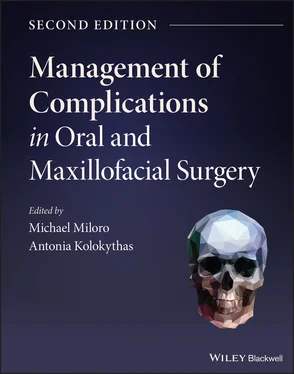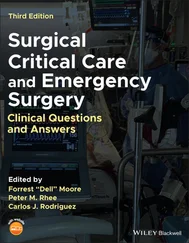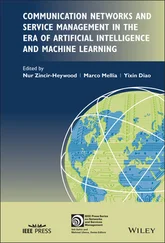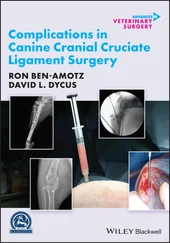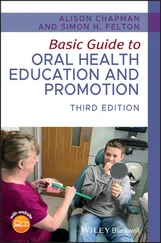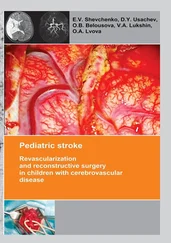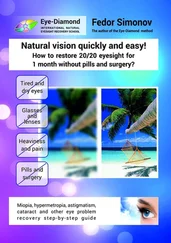1 ...6 7 8 10 11 12 ...40 Table 1.1. ASA physical status classification
CVA: cerebrovascular accident; MI: myocardial infarction; CHF: congestive heart failure; COPD: chronic obstructive pulmonary disease; DM: diabetes mellitus; ESRD: end‐stage renal disease.
| ASA I |
No systemic disease, no smoking, no or minimal alcohol use |
| ASA II |
Mild to moderate systemic disease, well‐controlled disease states; e.g., well‐controlled DM, mild asthma or epilepsy, pregnancy, current smoker, social alcohol use, BMI 30–40 |
| ASA III |
Severe systemic disease that limits activity but is not incapacitating; e.g., uncontrolled DM, history of CVA, MI, or CAD with stents >3 mo ago, mild COPD, BMI > 40, alcohol abuse or dependence, cardiac pacemaker, ESRD on dialysis |
| ASA IV |
Severe systemic disease that limits activity and is a constant threat to life; e.g., CVA or MI within the past 3 mo, severe CHF, severe COPD, ongoing cardiac ischemia or valve dysfunction, sepsis |
| ASA V |
Patients not expected to survive 24 h |
| ASA VI |
Organ donors |
Table 1.2. Duke Activity Scale Index
| Functional class |
Metabolic equivalents |
Specific activity scale |
| I |
>7 |
Patients can perform heavy housework such as moving furniture or scrubbing floors, and can participate in moderate recreational activities such as bowling, dancing, skiing, or doubles tennis. |
| II |
>5 |
Patients can do light housework such as dusting or washing dishes, can climb one flight of stairs, and can walk on level ground at 4 mph. |
| III |
>2 |
Patients can dress themselves, shower, make the bed, and walk indoors. |
| IV |
<2 |
Patients cannot perform activities of daily living without assistance and may be bedbound. |
An increased BMI (>25 kg/m 2) and obstructive sleep apnea (OSA) are risk factors for airway obstruction during anesthesia and have had an increased prevalence in the United States. In patients without a known history of OSA, the STOP‐BANG questionnaire can be a useful screening tool to identify at‐risk patients. The questionnaire scores an individual from 0 to 8 based on risk factors such as snoring, daytime sleepiness/tiredness, observed gasping/choking/cessation of breathing during sleep, hypertension, BMI > 35 kg/m 2, age over 50 years, neck circumference >16 in. or 40 cm, and male gender. Scores of 0–2 are considered low risk, while scores of 5–8 are moderate to high risk. Intermediate scores of 3–4 can be the most difficult to characterize, but risk increases with male gender and increasing BMI. The STOP‐BANG questionnaire has a moderate risk of false positives; however, it can be useful to the OMS to have an increased suspicion of potentially difficult airways [3].
Obesity, defined as a BMI > 30 kg/m 2, is a recognized risk factor for anesthetic‐related complications. Note the BMI classification: <18.5 = underweight; 18.5–24.9 = normal; 25–29.9 = overweight; 30–39.9 = obese; and >40 = severe obesity. Obesity is associated with a decreased respiratory functional residual capacity (FRC) and can lead to an increased incidence of respiratory complications, particularly airway collapse and oxygen desaturation. Obese patients have a fourfold increased risk of respiratory complications during ambulatory anesthesia procedures [4]. In the pediatric population as well, obesity has been recognized as a growing problem. A study by Setzer and Saade found an increased incidence of respiratory complications and unexpected overnight hospital admission in a group of obese pediatric patients undergoing ambulatory anesthesia for dental surgery procedures (compared to a nonobese cohort) [5]. Patient positioning during surgery may play a role in preventing adverse respiratory complications in obese patients, as a study demonstrated an increase in time to desaturation in obese patients who were preoxygenated in an upright (90° sitting) versus supine position prior to induction of general anesthesia [6]. Maintaining obese OMS patients in an upright or semi‐recumbent position is done routinely in outpatient anesthesia and may help to prevent respiratory complications by maximizing FRC and minimizing the effects of gravity on collapse of the posterior oropharyngeal airway.
Age is also an important determinant of anesthetic and surgical risk. Age is easily quantified and there is evidence that increased risk of complications occurs at the extremes of very young and very old age. There is greatly increased risk associated with anesthesia and surgery in the first one month and one year of life [7]. In terms of increasing age and risk of complications, there remains a strong positive correlation though the association is more gradual and progressive. In the very young, much of the increased anesthetic risk can be attributed to the relative anatomical and physiological immaturity of infants and very young children. This makes the mechanics of anesthesia more difficult (e.g., airway management, fluid replacement, patient monitoring), while the decreased therapeutic index of anesthetic drugs in small children greatly increases their toxicity potential. At the other end of the spectrum, advanced age leads to an increase in medical comorbidities and decreased physiological reserve from the normal aging process. This also decreases tolerance for physiological insults and lowers the therapeutic index of many drugs and interventions.
Other than patient characteristics, another factor that can help prevent complications in the postoperative period is to ensure that patients will have a responsible adult/escort who can accompany them home and care for them after the anesthesia and surgical procedure [8].
Procedure Characteristics/Selection
In addition to screening patients appropriately for in‐office procedures, it is also important to bear in mind the surgical complexity and length of time needed for the planned procedure. Certain procedures, such as third molar removal, are nearly always performed in an outpatient setting. Other surgical procedures, such as minimally invasive temporomandibular joint (TMJ) procedures (e.g., TMJ arthroscopy) and extensive bone grafting or complex dental implant procedures, can be performed either in the OR or in an outpatient setting. This is largely dependent upon the preference of the surgeon and patient, the availability of appropriate instruments and equipment, and financial issues. The most important consideration in preventing complications is to ensure that the surgical procedure planned is not more complex or lengthy than can be accommodated in a particular outpatient setting. Patient risk factors and procedure risk factors should be balanced such that longer and more complex procedures are avoided in patients who already represent increased surgical risk. Complex or lengthy procedures may benefit from having an additional practitioner or trained person to assist with the anesthetic management of the patient. This will help to offset some of the increased attention required for the surgery itself. With proper planning, a majority of routine OMS surgical procedures can potentially be accomplished in an outpatient setting using the single operator‐anesthetist model.
The goal of patient selection for ambulatory anesthesia procedures is to determine individual patient's risk factors for anesthesia and to identify those patients who may be expected to safely undergo the procedure in an outpatient setting. The first step is to perform a comprehensive history and targeted physical examination. Information to be elicited includes prior anesthetic experiences, prior hospitalizations, emergency room visits, prior surgeries, allergies or adverse reactions to any medications, and all current medications (including over‐the‐counter medications and vitamins or herbal supplements). Herbal medications are surprisingly common (used by almost 25% of patients) and garlic, Ginkgo biloba , and ginseng (the “three Gs”) may be particularly risky when taken perioperatively as they affect platelet function and may increase bleeding risk [9].
Читать дальше
